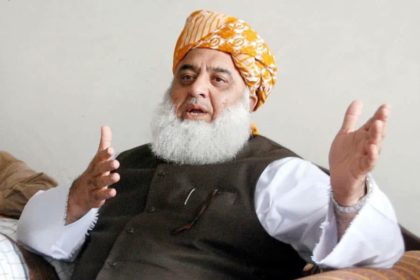Taliban ministers have told a senior UN official they plan to draw up new guidelines to allow Afghan women to work in some humanitarian operations.
Martin Griffiths told the BBC he had received “encouraging responses” from a wide range of Taliban ministers during talks in Kabul, even if last month’s edict banning Afghan women working for NGOs is not reversed.
With Afghan women playing a crucial role in delivering aid, there is concern the ban is endangering urgent life-saving humanitarian operations in the country.
“It’s worth remembering that, this year, Afghanistan is the biggest humanitarian aid programme in the world ever,” Mr Griffiths, the UN’s Under-Secretary-General for Humanitarian Affairs, told me in Kabul.
The aid arithmetic is staggering. This year, agencies will try to reach 28 million Afghans, more than half the population, including six million who are, Mr Griffiths says, “knocking on famine’s door”.
This year is Afghanistan’s coldest winter in a decade, and it’s been cruel. In the past two weeks, more than 126 Afghans have perished in freezing temperatures, collapsing from hypothermia, or overcome by toxic fumes from gas heaters.
And winter’s icy blast strikes a people already living, perilously, on the edge. Providing aid to Afghanistan is of epic proportions too.
In a mud-and-straw home perched perilously on a steeply-sloped hill blanketed in snow in Parwan province north of Kabul, we met one family whose complaints were as bitter as the cold.
“No aid agencies visit us here,” lamented mother Qamar Gul, as the family huddled around a “sandali” – a traditional charcoal heater Afghans have relied on for centuries to keep warm. “No one came from the last government, no one from the Taliban government.”






